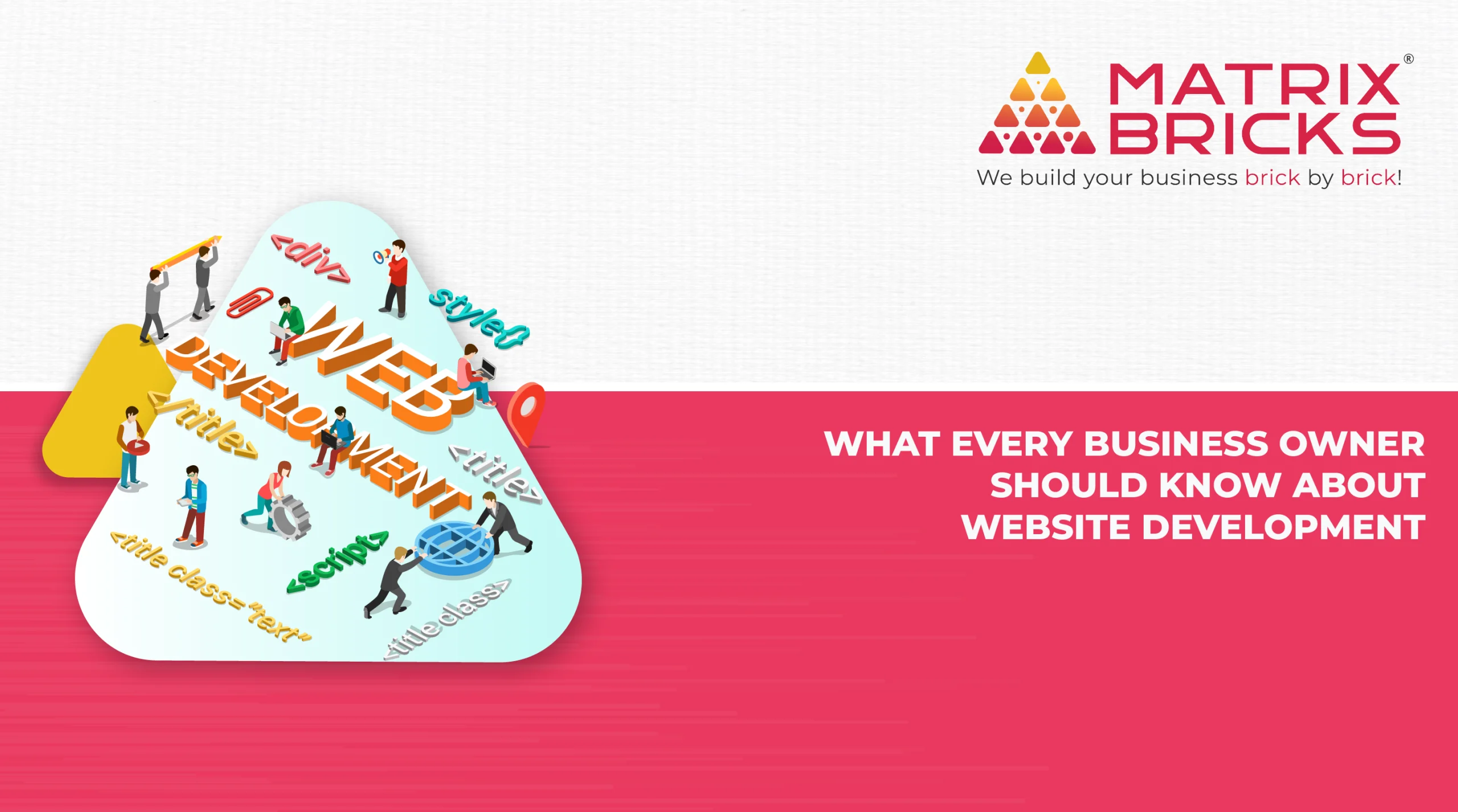
When your team decides on the marketing strategy, you may get confused whether you should use a third-party social media tool like HootSuite or Buffer. In fact, you might fear to trust such tools for managing a set of posts. Questions pertaining to optimal reach and engagement frequently arise and you may not find the answer if the tools are worth the cost. So, before you move ahead, here’s a summary of the results after carrying out an experiment.
Third party tools don’t have a negative effect on the reach
Once Facebook posts were scheduled, the reach was recorded to be 81,639 for 9 posts. Users observed 949,890 total impressions when 45 posts of Twitter were scheduled through the third-party tool. As for LinkedIn, the reach was as much as 63,221 with 9 posts. A phenomenal reach was also seen for native postings on the social media networking sites.
Before the test was conducted, the professionals tested numerous third-party social media tools and social accounts. Similar kind of content was tested across various platforms and the posting consistency was maintained. To be more straightforward, account variation, content quality, and posting consistency were the factors that professionals focused on.
Account Variation
Since we would come up with biased results if the content was tested with Buffer, test accounts were created on HootSuite and CoSchedule. This actually helped to check out the reach and engagement in a better way. The number of comments helped to realize the potential but the content was yet to be figured out.
Content Quality
Content posed to be a challenge and so the team had to use a different approach. This helped to know what needs to be posted and the time when the posts have to go live. As it is known, posting the same content after time intervals won’t work but rather reduce the reach and engagement. Ultimately, it was decided to post links, images, and videos as every marketing professional ensured that there’s no compromise in quality.
Posting Consistency
Finally, the team made it sure that a consistency was maintained. The impact on social media results was perceived only when the post went live at the same and with the same frequency every day. Posting natively was the toughest part of the experiment. In case the third-party tools weren’t used, then reminders would have to be set for posting at the exact time.
It was exciting to know what was learned in the entire process. Firstly, content is the factor that can determine social media posting success. Video marketing hiked the figure pertaining to reach and engagement in comparison to links and images. The tools made the task a whole lot easier or else the team would have to be responsible when a Tweet or Facebook post was not uploaded at a certain time.





